This report is written by Tiger Research and analyzes Wayfinder's innovations in AI-driven DeFi infrastructure and its impact on blockchain accessibility.
TL;DR
- DeFi claims to be open to everyone, but its complex usability makes it difficult for ordinary investors to enter. From preparing gas fees to understanding complex protocols, many users abandon promising investment opportunities due to the involvement of complicated procedures.
- Wayfinder is an on-chain dedicated AI agent system designed to address these accessibility issues. Users can execute professional-level investment strategies, ranging from cross-chain trading to basis trading, simply by having a straightforward conversation with the agent, without needing complex technical understanding.
- Wayfinder will expand to API services in the future and is expected to be widely used as infrastructure to simplify on-chain complexities across various Web3 projects. The availability of the Wayfinder API will enhance the user experience across the cryptocurrency industry, making "accessible financial services for everyone" a reality.
1. Is DeFi really open to everyone?
DeFi aims to create an open financial ecosystem. Anyone can participate freely. However, it requires complex technical knowledge and advanced financial skills. This creates a significant gap between ideals and reality.
Chain abstraction and account abstraction have emerged to reduce this gap. These technologies improve user experience, but they lack standardization. The protocols supporting them are still limited. The fundamental issue lies in the complexity of learning. Technical improvements alone cannot solve this problem. Users still need to understand DeFi-specific concepts. These concepts include AMM (Automated Market Maker), liquidity pools, and impermanent loss. Therefore, DeFi sets a higher barrier than traditional finance.
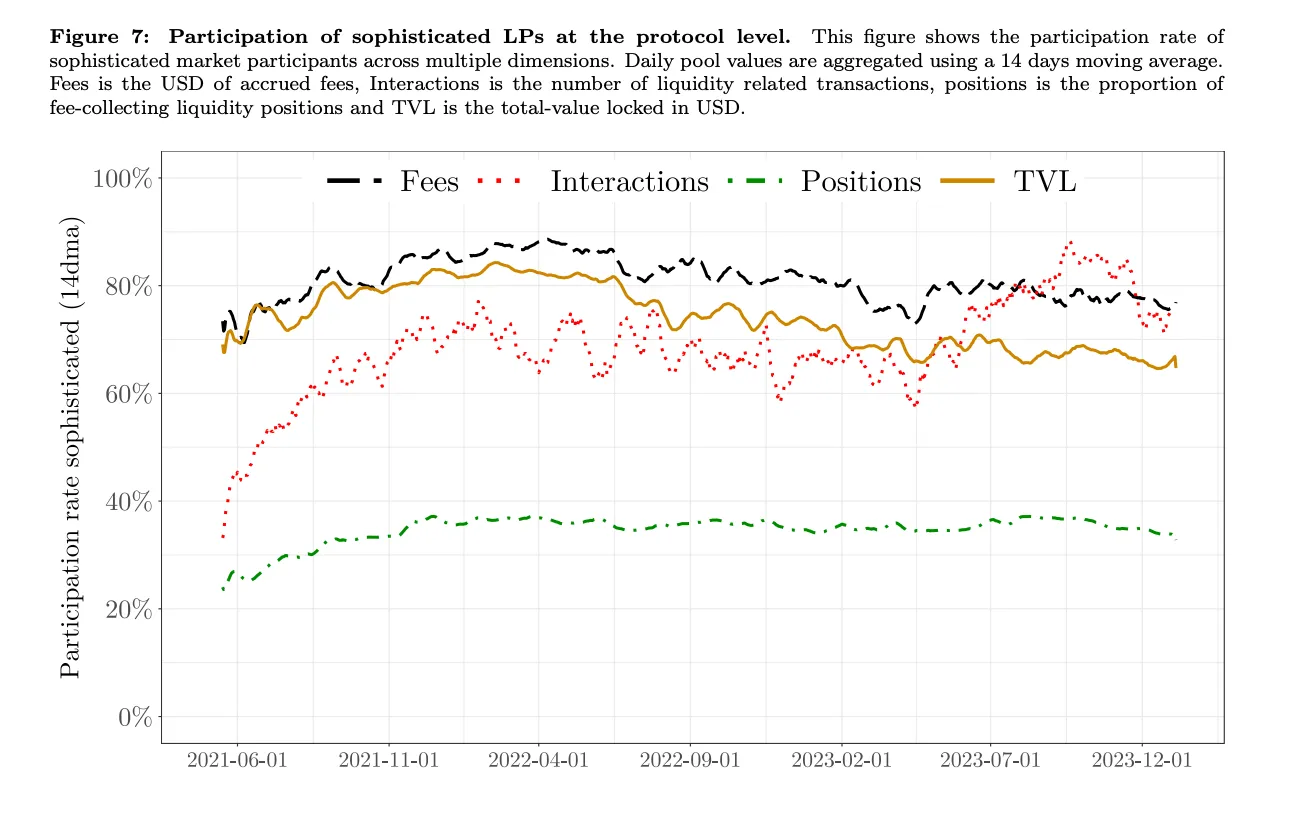
Mature LP participation at the protocol level, source: BIS
Research from the Bank for International Settlements (BIS) clearly illustrates this. In the leading DeFi protocol Uniswap V3, only 7% of liquidity providers control about 80% of the TVL (Total Value Locked). These professional users skillfully navigate complex systems. Their return rates are 20% higher than those of ordinary users. This gap exists even in Uniswap, the most widely used DeFi protocol, which offers a relatively good user experience. This indicates that accessibility issues affect the entire DeFi ecosystem and are not limited to specific protocols.
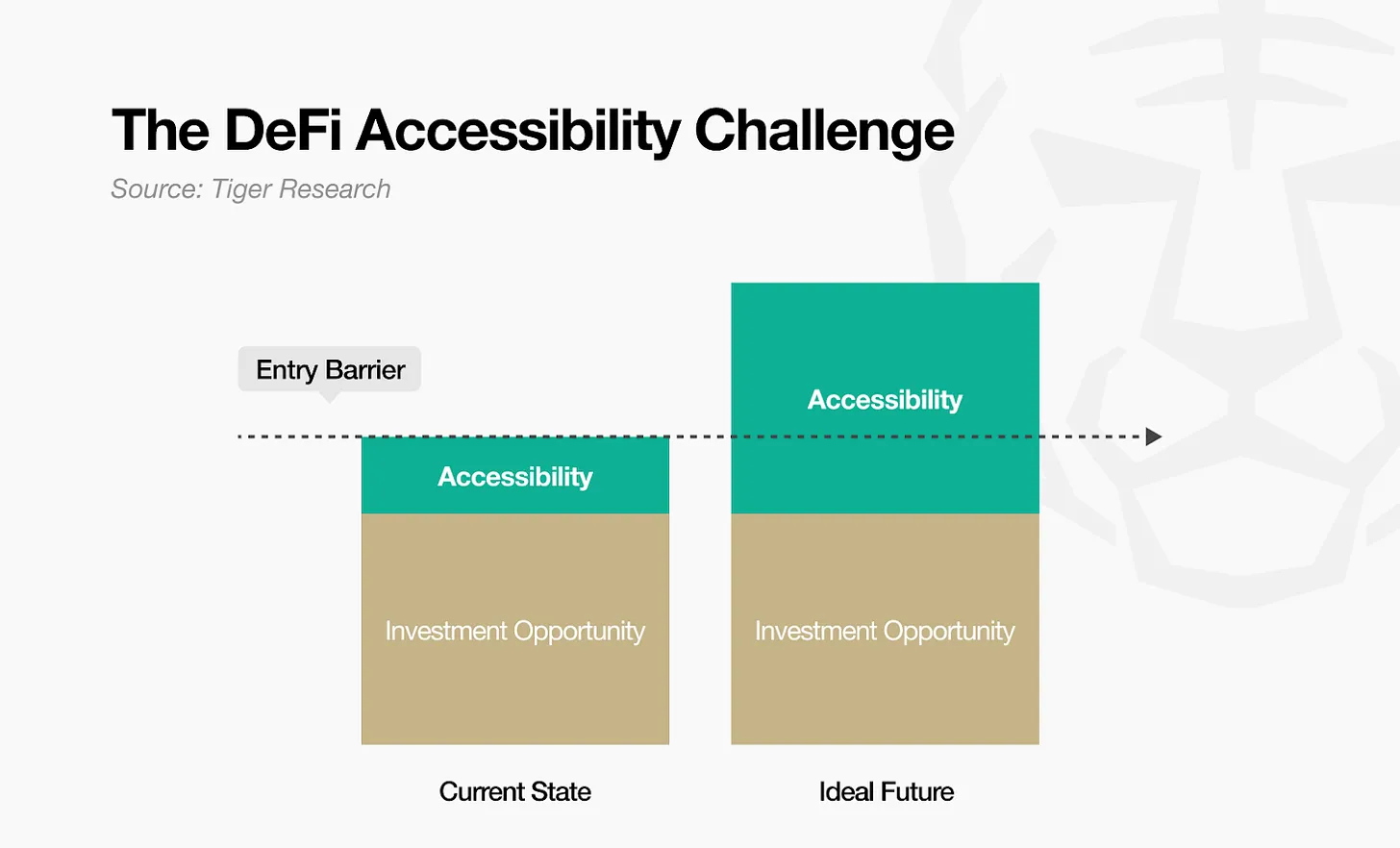
The DeFi ecosystem faces clear problems that need to be addressed. It forces existing users into endless learning and decision fatigue. It causes new users to completely abandon entry. The complex access processes deter users. This can happen even when there are enticing investment opportunities. As a result, DeFi is becoming an exclusive domain for professional users. This contradicts the original vision of achieving financial innovation through decentralized technology. The promise of widespread participation remains unfulfilled. High entry barriers and poor usability limit its potential.
2. Can AI solve DeFi's high entry barriers?
Recent breakthroughs in AI have brought new possibilities for lowering the entry barriers to DeFi. Agentic AI technology has emerged, which goes beyond merely providing intelligence. AI can now act as hands and feet to execute complex tasks. This could be key to the mass adoption of DeFi.
Consider this example. A user requests: "Bridge my ETH from Base to Solana and buy the Memecoin BONK." An AI agent analyzes dozens of bridging options in real-time. It provides clear choices:
Wormhole: Fee $2.50, Completion time 3 minutes, High security
LayerZero: Fee $1.80, Completion time 5 minutes, Risk of gas fee fluctuations
Users do not need to learn the complex technical differences between bridges. They can quickly make decisions using the key information provided by the agent. Users do not need to manually connect their wallets. They do not need to execute complex transactions. The agent handles everything automatically. It's like having a skilled personal asset manager available 24/7 to handle financial tasks.
However, there are fundamental challenges to realizing this vision. Most AI technologies currently lack direct blockchain integration. They cannot even check wallet balances in real-time. Even if directly integrated with blockchain nodes, understanding thousands of different smart contracts presents another challenge. Interacting securely with these contracts is complex. How to verify and ensure protocol security remains an additional challenge.
AI technology needs a dedicated on-chain agent system to create real value in DeFi. This is where Wayfinder comes in.
3. Wayfinder: On-Chain Dedicated AI Agent System
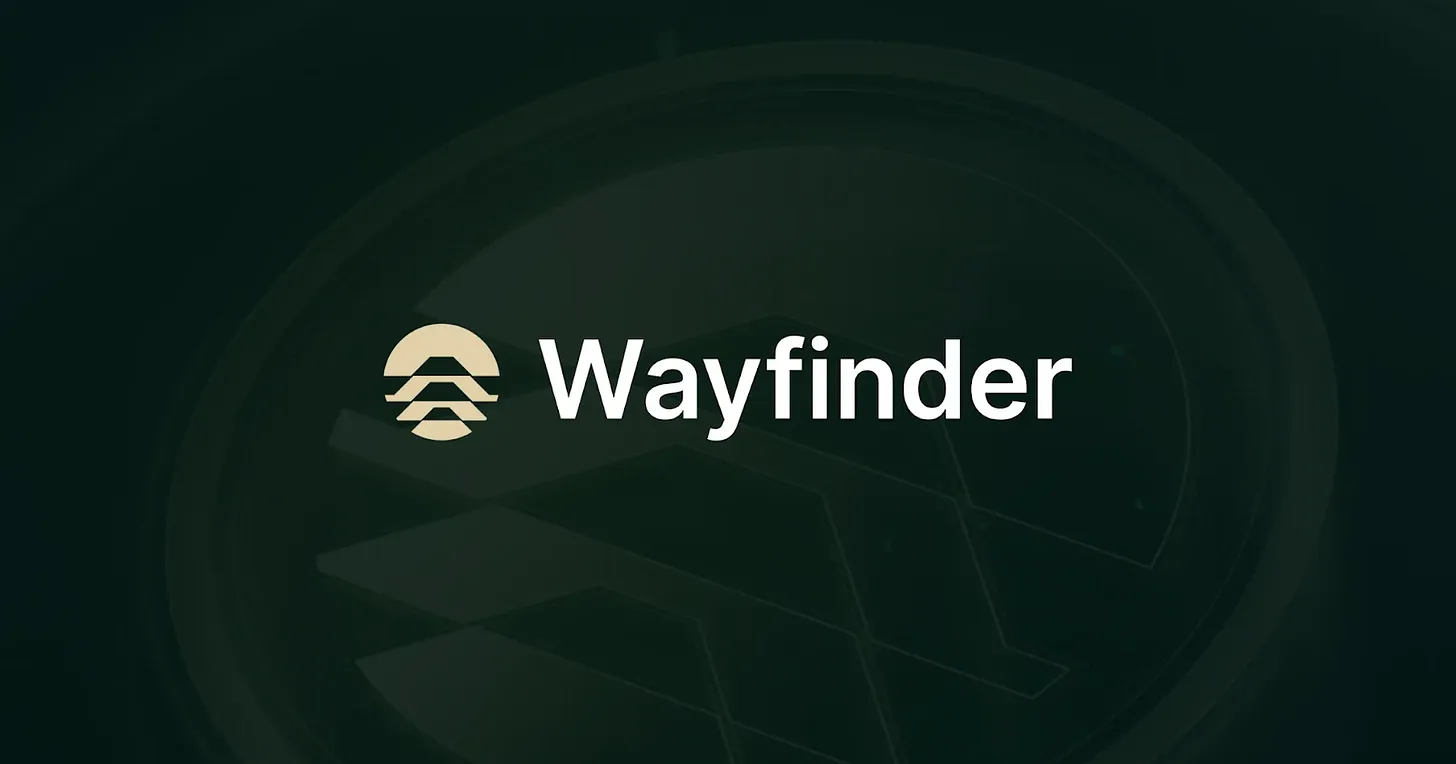
Source: Wayfinder
Wayfinder provides an AI agent system specifically designed for on-chain environments. Unlike general agents, Wayfinder agents are directly integrated with blockchain infrastructure. They automatically execute on-chain tasks. The AI models are fine-tuned specifically for blockchain environments. They navigate and utilize DeFi protocols more efficiently than general models. This creates an environment for ordinary users to access the complex DeFi ecosystem without needing specialized technical knowledge.
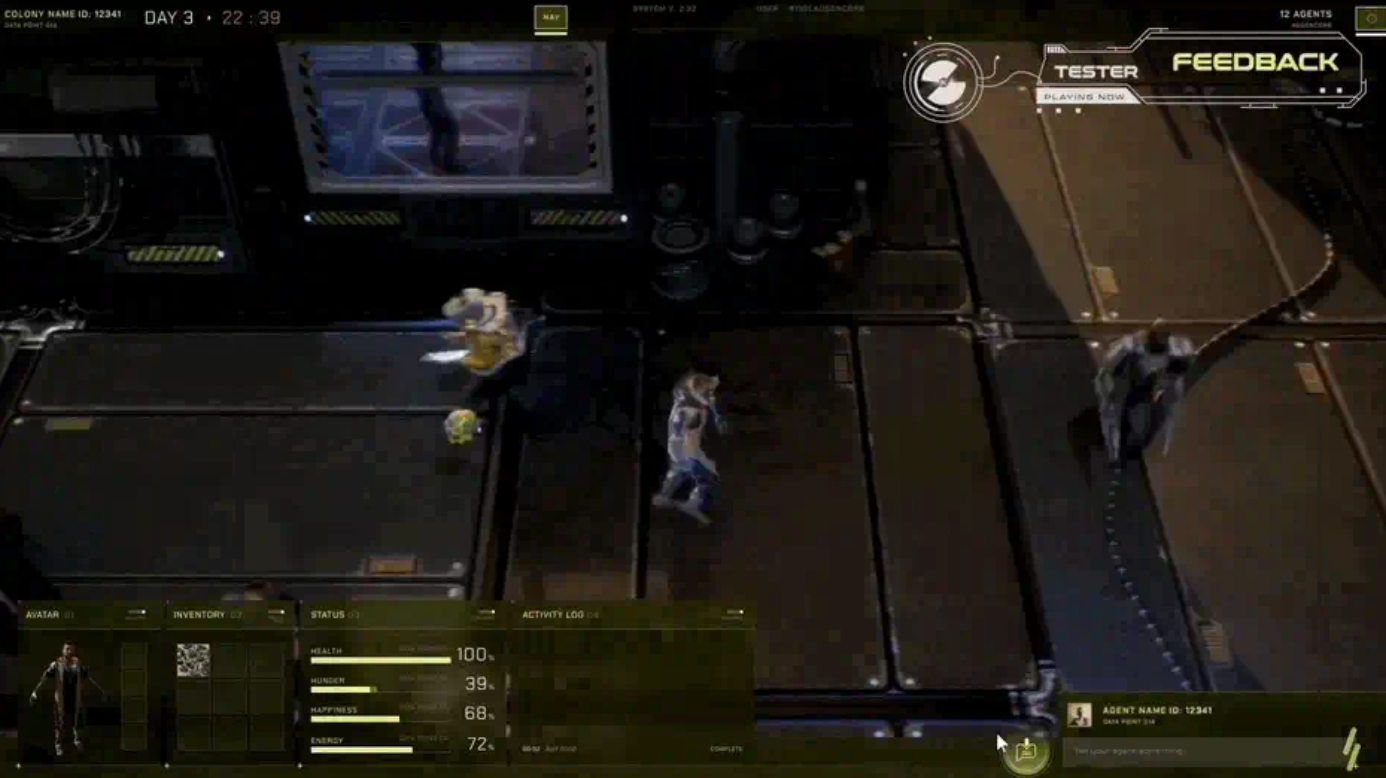
The origin of Wayfinder can be traced back to Colony. Colony is an AI-based survival simulation game developed by the Web3 gaming company Parallel Studios. In Colony, AI avatars operate autonomously. They collect resources without player intervention. They trade with other avatars. They formulate survival strategies. During development, Parallel Studios discovered the potential for these AI agents' autonomous on-chain activities to extend beyond gaming. They can work in DeFi environments. This discovery led to the development of the Wayfinder project.
Wayfinder consists of two core components. First, Wayfinder Shell is an interface that allows users to interact with various dedicated agents. Second, Wayfinder Graph is a navigation system that helps agents find optimal paths in complex multi-chain environments.
3.1. Wayfinder Shell: Your Personal DeFi Banker
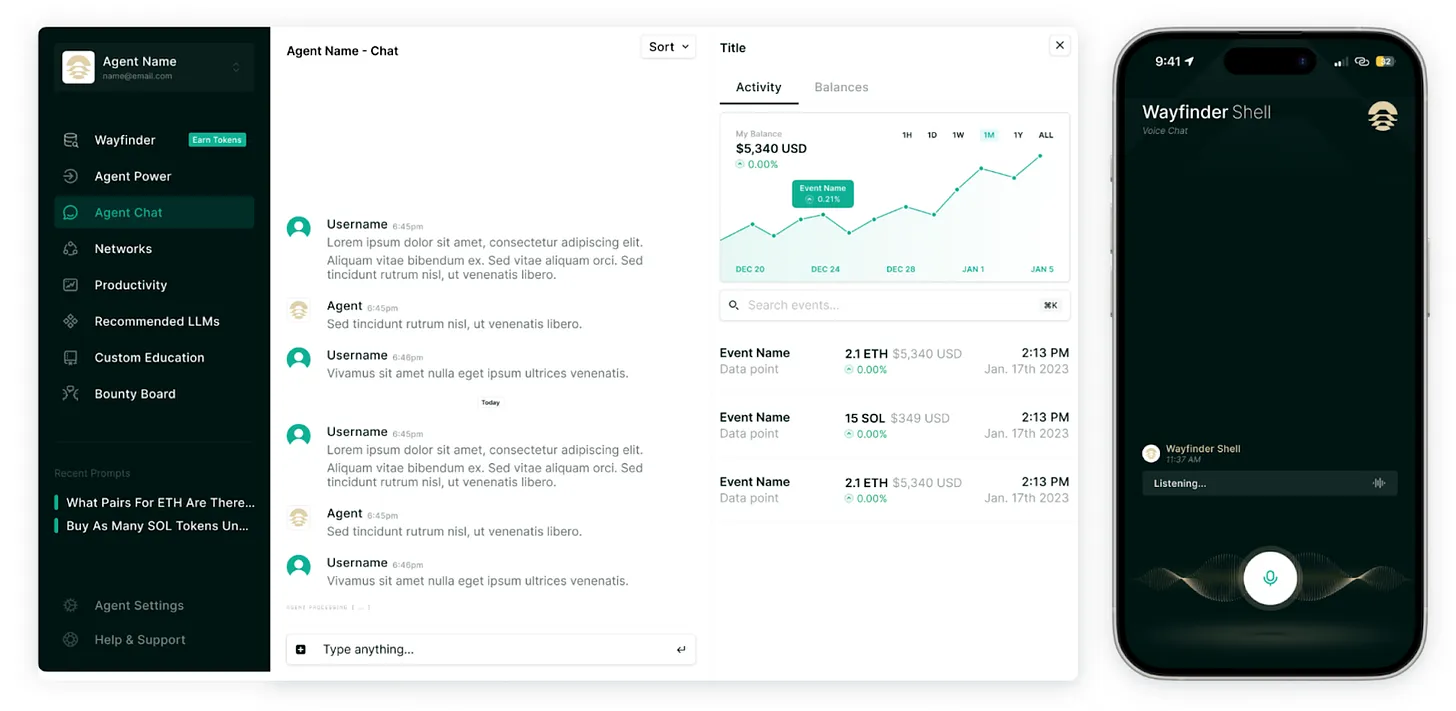
Wayfinder Shell, source: Wayfinder
Wayfinder Shell (Shells) serves as an interface where users interact with dedicated agents to formulate and execute various on-chain strategies. Shells provide role-specific dedicated agents. These agents respond to user requests for organic collaboration. They efficiently handle complex tasks. Shells support major mainnets, including Ethereum, Solana, Base, and Avalanche, enabling smooth asset management in a multi-chain environment.
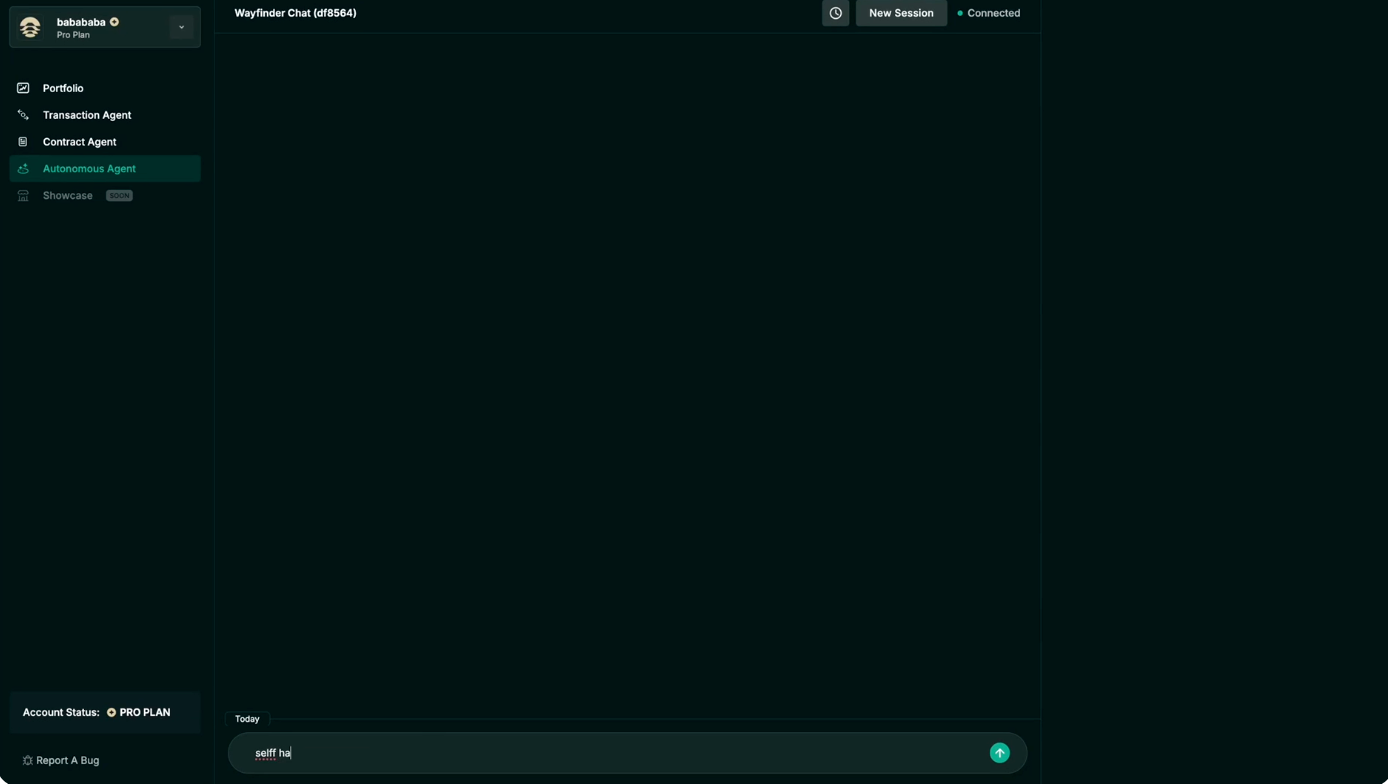
The standout feature of Shells is that agents execute direct on-chain transactions through built-in dedicated Web3 wallets. For example, a user requests to diversify $100 of USDC into tokens that have shown an upward trend on Solana over the past week. The agent filters tokens using real-time market data. It constructs a portfolio and executes the investment directly. Users can easily execute their desired investment strategies through a single interface without needing complex technical understanding.
The Wayfinder agent system consists of four types:
Transaction Agent: Handles basic on-chain asset transfers and management, including token swaps, bridging, and staking.
Perpetual Agent: Integrates with Hyperliquid's on-chain order book engine HyperCore. It supports spot or perpetual contract trading without needing to understand Hyperliquid. It also supports various strategies, including leverage settings, position management, and basis trading.
Contract Agent: Handles all contract-related tasks, from writing to deploying and analyzing smart contracts.
Autonomous Agent: Coordinates multiple agents based on user-defined goals. It handles a comprehensive role from strategy formulation to execution, rebalancing, and risk management.
In the future, various dedicated agents will be continuously added. These include the Yield Finder Agent, specifically designed for yield optimization. This will expand the ecosystem. Wayfinder utilizes a multi-agent system where each agent verifies and collaborates with one another. This makes decision-making more stable and precise. For operations that require multiple transactions (e.g., bridging USDC from Ethereum to Base, converting half to wBTC, and depositing both into AAVE), the agents will run simulations on a virtual network (VNet) before executing transactions. This can predict outcomes and prevent agent errors or hallucinations. Important transactions require user approval, allowing users to maintain full control over their assets.
3.2. Wayfinder Graph: The Google Maps of DeFi
Wayfinder Graph is a navigation system that systematically organizes the complex blockchain ecosystem. Google Maps connects global roads, buildings, and traffic information in real-time, guiding users to the optimal route. Similarly, Wayfinder Graph builds relationships between DeFi protocols, smart contracts, and assets across various blockchain networks. This helps agents execute tasks through the most efficient paths.

Wayfinder Graph, source: Wayfinder
The core of the graph system lies in "Wayfinding Paths." Google Maps provides detailed, step-by-step directions for routes, such as "take the subway from home to Seoul Station." Each wayfinding path operates similarly, defining specific tasks step by step. Examples include "swap ETH for USDC on Uniswap" or "bridge USDC from Ethereum to Arbitrum." Each path records detailed information, including the required smart contract addresses, function call methods, expected fees, and considerations. Agents do not need to search for paths from scratch each time; they use verified routes to complete tasks quickly and securely.
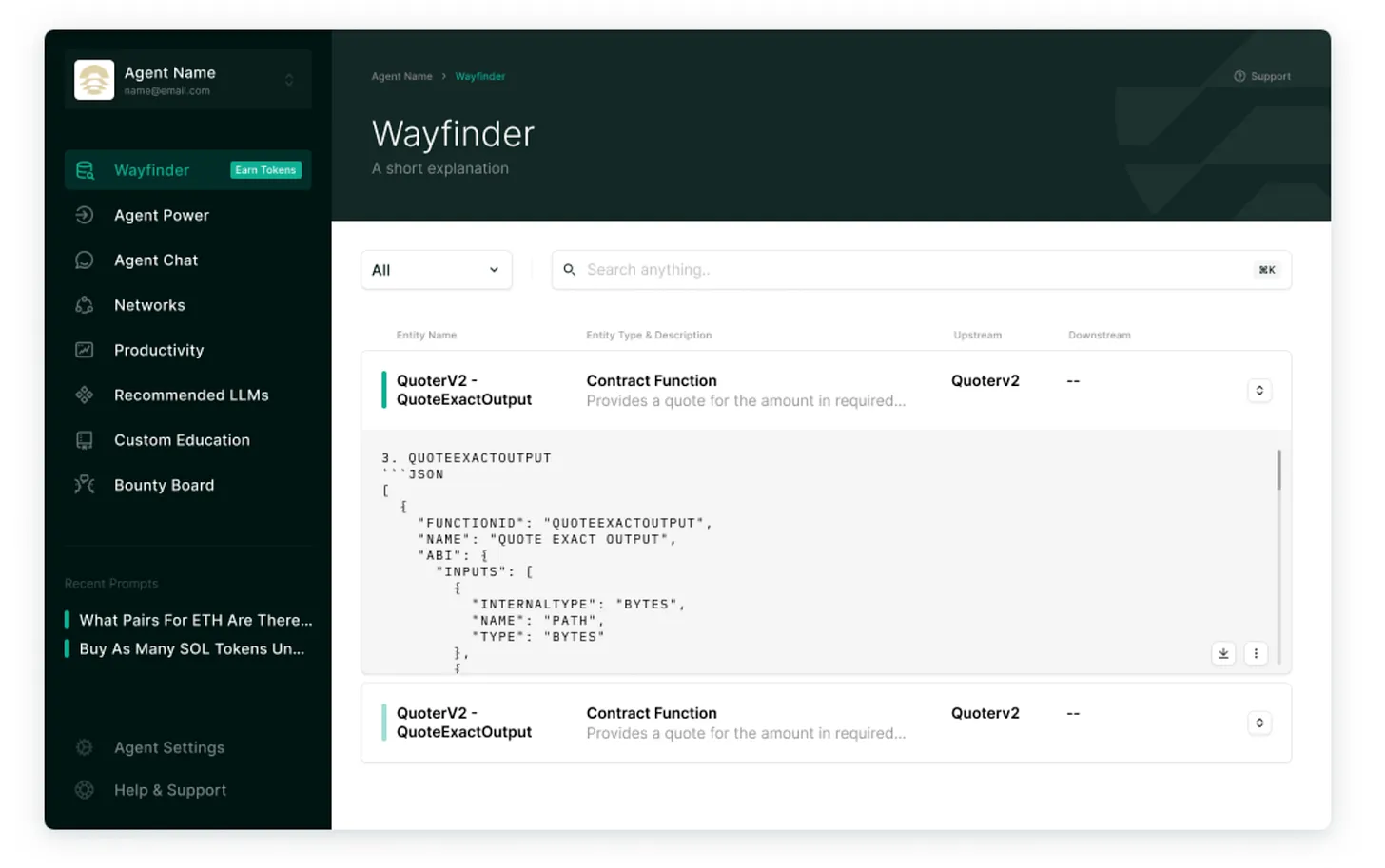
Wayfinder Path, source: Wayfinder
In the future, the community will create and manage wayfinding paths, for example, when new DeFi protocols emerge. Community participants can write and submit paths for interacting with these protocols. They must stake PROMPT tokens as collateral. Path validators review the submissions. Only approved paths will be added to the official library. All Shells can use approved paths. When other Shells use their paths, path creators will earn a portion of the fees. Conversely, incorrect paths will incur losses. The creators and validators of the staked tokens will be slashed. These tokens will be used to compensate victims. This structure operates as a continuous quality management system, going beyond simple rewards. Staked tokens remain locked even after path approval, serving as a security mechanism. This provides ongoing incentives for path creators to manage accuracy and security.
Wayfinder expects to ensure scalability through the community rather than adopting a slow and limited approach of directly integrating with all protocols. Google Maps users can directly register locations or leave comments, improving map quality. Similarly, Wayfinder can flexibly respond to the rapid changes and complexities of the DeFi ecosystem through a community-centered approach.
4. A New DeFi Experience Enabled by Wayfinder
With Wayfinder, complex on-chain strategies are no longer the exclusive domain of experts. Automated agents handle strategy formulation and execution. Beginners can easily manage expert-level strategies, while experts can free themselves from repetitive tasks and focus on more complex designs.
The following cases demonstrate how Wayfinder tailors a new DeFi experience for different user levels, from ordinary users to professional traders.
4.1. Simplifying Complex Cross-Chain Transactions
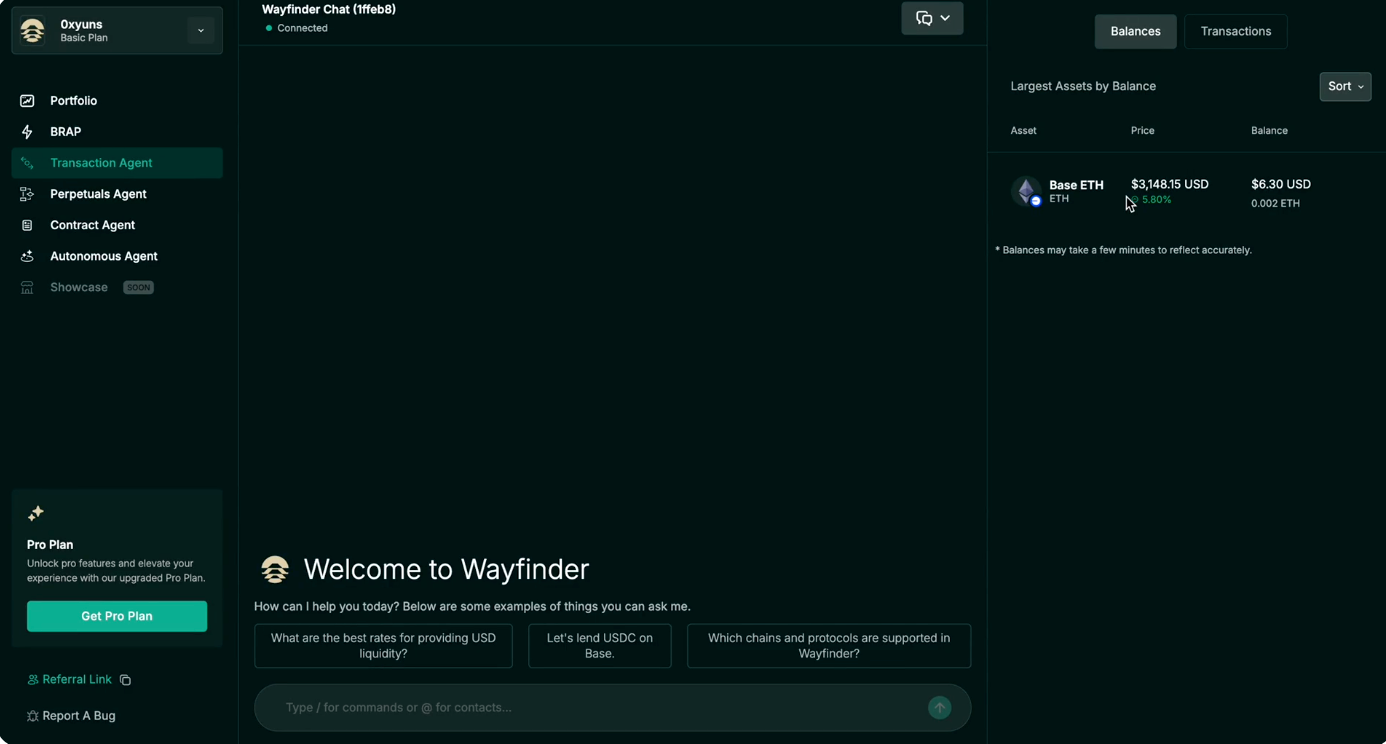
One of the most troublesome aspects of on-chain trading is the need to prepare different gas fee tokens in advance for each chain. For example, Ethereum requires ETH, while Solana requires SOL. Transferring USDC from Solana to Ethereum requires SOL as gas fees. Without SOL, users must go through a cumbersome process. They need to bridge USDC from Ethereum to Solana and then exchange that USDC for SOL.
The transaction agents in Shells solve this complexity through the BRAP (Best Rate Aggregation Protocol) engine. The BRAP engine explores multiple liquidity paths, finds the optimal route, and handles token exchanges and bridging. Users can enjoy a one-stop experience without complex processes. Additionally, Wayfinder supports handling gas fees across multiple chains using only the Base chain-based PROMPT tokens. Users no longer need to prepare native tokens for each chain individually, allowing them to execute cross-chain transactions efficiently.
4.2. One-Stop Operations for Repetitive Investment Processes
Wayfinder can execute complex investment strategies that go beyond simple token exchanges or bridging. A representative example is a leveraged DCA (Dollar-Cost Averaging) strategy. Investors set conditions once and can continuously execute complex investment strategies without repeating manual work.
Suppose a user requests: "Invest $100 weekly in BTC through DCA. When the BTC price rises and the collateral value increases, I want to borrow additional funds to buy more BTC." The autonomous agent first analyzes real-time interest rates and TVL from multiple lending protocols (like Aave and Compound) and selects the optimal protocol.
Then, the transaction agent sequentially executes the leveraged investment strategy. It deposits the held BTC as collateral, borrows USDC equivalent to a certain percentage of the collateral value, and uses the borrowed USDC to purchase additional BTC. It then deposits the purchased BTC as collateral again. This process repeats. Even if the initial investment is only one BTC, the user can operate a position equivalent to 3-4 BTC.
The agent executes the strategy within the risk parameters set by the user. It continuously monitors conditions, such as a maximum of 3x leverage and a -10% loss limit. When the market declines, it tracks the collateral ratio. When liquidation risk increases, it automatically reduces part of the position to prevent risk.
4.3. Professional-Level Trading for Beginners
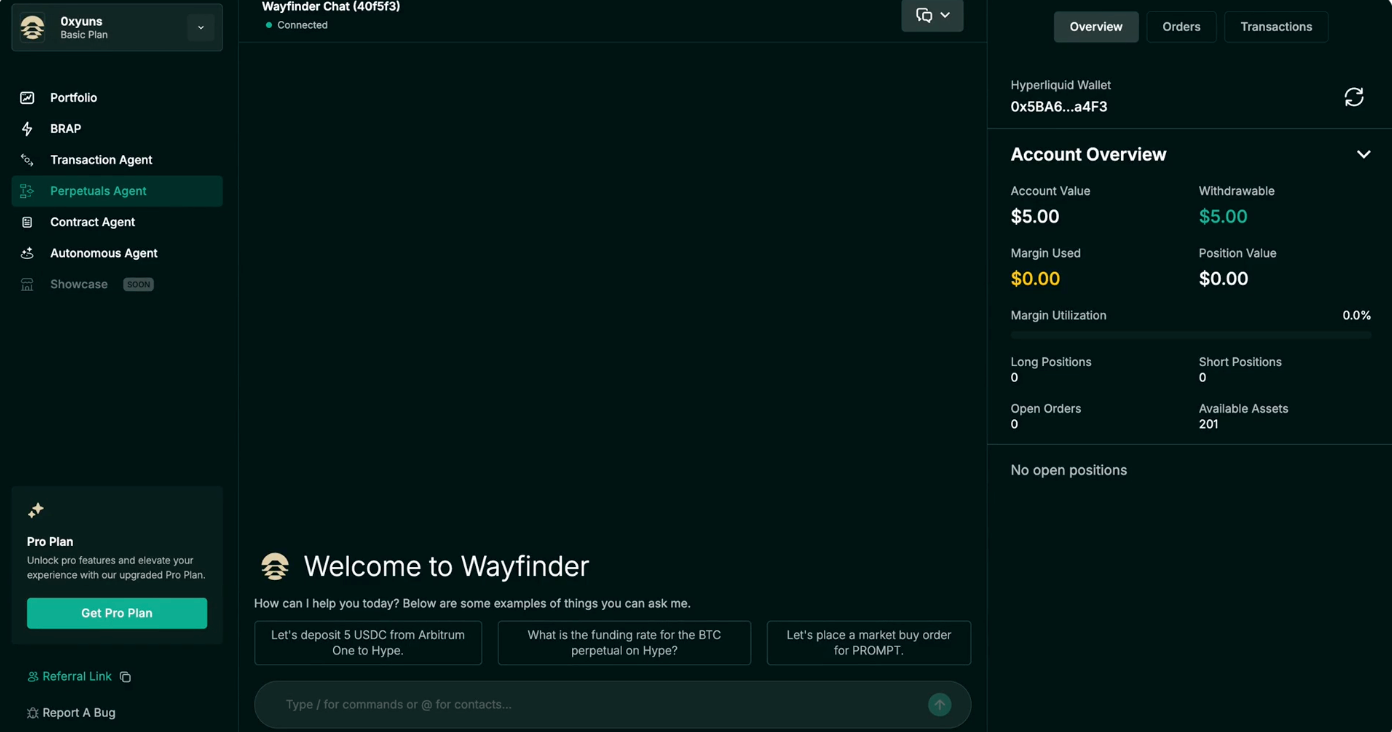
Basis trading is an arbitrage strategy that exploits price differences between spot and futures markets. It can generate stable returns, especially through funding rates. However, this area has traditionally been the domain of institutions or professional traders, requiring an understanding of complex mechanisms and 24/7 monitoring. Wayfinder's perpetual contract agent integrates with Hyperliquid's on-chain order book engine "HyperCore," providing an environment for ordinary users to easily leverage these strategies.
For example, a user requests: "Execute basis trading based on the funding rate of the HYPE token." The transaction agent transfers the user's assets to the Hyperliquid wallet generated within the Shell. The perpetual contract agent purchases HYPE tokens in the spot market while opening an equivalent short position in futures. This creates a structure that simultaneously holds long (spot) and short (futures) positions. Regardless of market direction, users can profit from the funding fees.
If the funding rate for a $10,000 position is +0.08%, the user can earn about $8 in fee income. The autonomous agent can continuously monitor the funding rate with the help of the perpetual contract agent. When profitability declines or the rate turns negative, it will automatically close the position.
Users can generate stable profits through Wayfinder without needing to understand the underlying trading mechanisms. They do not need experience or knowledge about the Hyperliquid exchange. The agent handles everything.
5. The Future of Accessible DeFi
Market opportunities in cryptocurrency remain concentrated on-chain. For example, TrumpCoin ($TRUMP) was first traded on decentralized exchanges earlier this year, bringing early investors returns of several times. However, most users find it difficult to quickly discover its existence. Even if they know about it, the process is not straightforward. They must access exchanges like Jupiter or Raydium, connect their wallets, and transfer assets to invest.
Wayfinder is expected to bridge this gap. Users can interact with agents through conversation, easily formulating and executing a variety of strategies, from simple token purchases to yield farming and automatic rebalancing. Strategies previously handled only by experts may become accessible to ordinary users. This could be a significant turning point for the industry. The market responds quickly to simple accessibility improvements. After TrumpCoin was listed on Moonshot, trading volume immediately recorded several times growth. Similarly, Wayfinder can make various on-chain activities, including DeFi, easier. It can expand the user base and drive market activity. This change could have a positive impact on the expansion of the cryptocurrency industry.

In the long term, Wayfinder has the potential to develop into an operating system (OS) role within the on-chain environment. Wayfinder plans to offer its functionalities in the form of APIs. This can create a structure that allows various services (such as Web3 wallets, DApps, and exchanges) to easily call and utilize complex on-chain tasks without directly implementing them. Just as Windows or macOS abstracts complex hardware control into simple click operations, Wayfinder will provide a layer that handles on-chain tasks with a single natural language command.
This enables each service to offer new functionalities that go beyond existing limitations. For example, MetaMask currently only provides simple exchange functions. By integrating Wayfinder, users can directly execute complex strategies, such as "automatically rebalance my portfolio to 60% ETH and 40% BTC." Exchanges like Binance or Coinbase can also enhance user experience through Wayfinder. They can offer complex DeFi products with a more intuitive interface, gaining a significant advantage in the competition with the DeFi ecosystem.
Ultimately, Wayfinder is expected to evolve into an infrastructure that goes beyond DeFi, improving the user experience across the entire cryptocurrency industry. It can realize the initial ideal of DeFi as "financial services accessible to everyone."
免责声明:本文章仅代表作者个人观点,不代表本平台的立场和观点。本文章仅供信息分享,不构成对任何人的任何投资建议。用户与作者之间的任何争议,与本平台无关。如网页中刊载的文章或图片涉及侵权,请提供相关的权利证明和身份证明发送邮件到support@aicoin.com,本平台相关工作人员将会进行核查。




